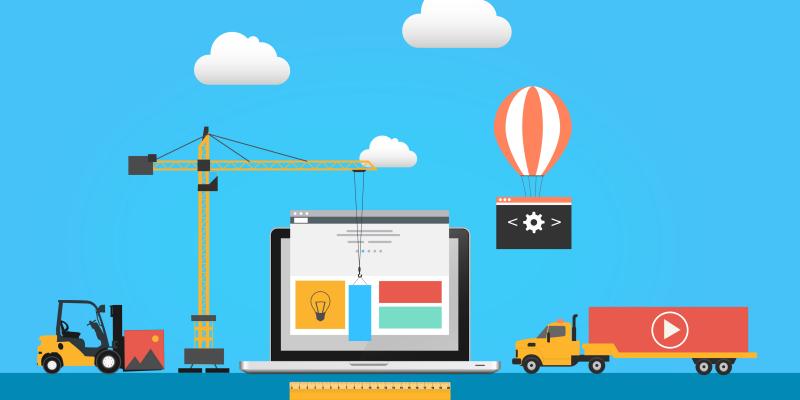
Internal linking of the site is one of the important aspects for the successful promotion of the project. However, in order to properly organize it, you need to know how the weight of the page is distributed. This is not an easy question, so let's look at a few examples for a better understanding.
Internal distribution of promoted site pages
Suppose a web resource has a main page (G) and two 2nd-level nested pages (V and L). Main refers to both documents. And page V refers to it. There is also a fourth document (P) on which a link is placed to V. It looks like this:

The distribution of the weight of the site page is carried out under certain conditions:
- By default, the weight of each page is equal to one - 1.
- The nesting level of the site does not affect the initial link weight (it is always equal to 1).
- The weight is not transferred completely. 85% of the initial value reaches the next page.
- The weight of the page is shared between all the links placed on it.
Knowing this, it is easy to calculate that:
- the main page gives each page half of the link weight - 0.45;
- a backlink to the main one brings it 0.85 additional weight;
- page V receives 0.85 weight from document P that refers to it.
As a result, it turns out like this:

After simple calculations, page V, not the main page, turned out to be the most important. After all, 2 documents refer to it.
But an important nuance is missed here. If we take into account not only the original, but also the received weight of the site page, then in document V it will be equal to 2.275 (instead of 1). And it transmits not 0.85, but 1.934 (that is, 0.85x2.275) to the main one. Then the final weight in the "muzzle" will be 1+1.934 = 2.934. And it will become the most important, as it should be.
This is a classic example of proper weight distribution between pages. When adding new documents participating in the link, the calculation will become more complicated. But the general principle will remain the same. The truth is only in conditions of closed system, which, of course, does not happen.
Weight transfer between two or more different sites
Any site constantly links to others. For example, to the source, the manufacturer's web resource, or a video clip. Links to third-party sites are called outbound. And if they are placed on the page, the control weight will be transmitted in a similar way: 0.85 - for one link, 0.425 - for two.
For the successful promotion of the project, it is advisable to avoid such links. It will not be possible to completely abandon them, but it is quite possible to minimize their number. The more links - the more weight the website page loses. This is an important parameter, and it should be redistributed within your own web resource, and not distributed to other people's projects.
There are also external links - placed on your site from other portals. The weight in this case is distributed differently, but it makes no sense to calculate it. All because it is impossible to find out the initial value of a page on someone else's site. And all calculations will turn out to be wrong.
When there was PageRank, it was possible to calculate an approximate weight. But today PR is no longer updated, and there is no such possibility anymore.
Results
Now, understanding how to distribute the weight of a website page, you can easily organize competent internal linking. This knowledge will help with the optimization of a multilingual site, an online store, and even a regular blog.
The main thing is to try to limit the number of outgoing links to third-party resources. And it will not be superfluous to work on the external link mass, evenly placing links on different pages of the site.







